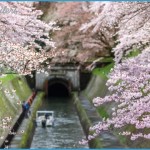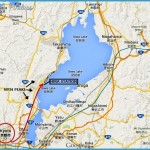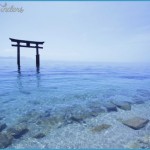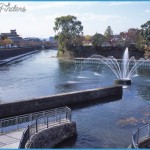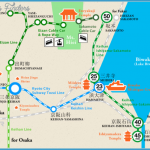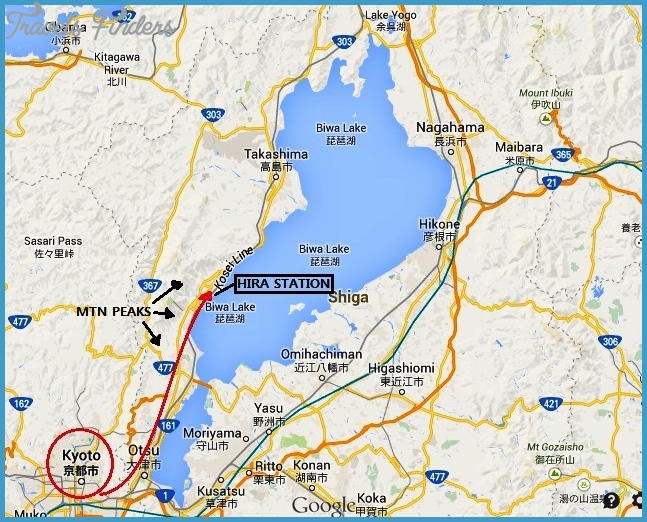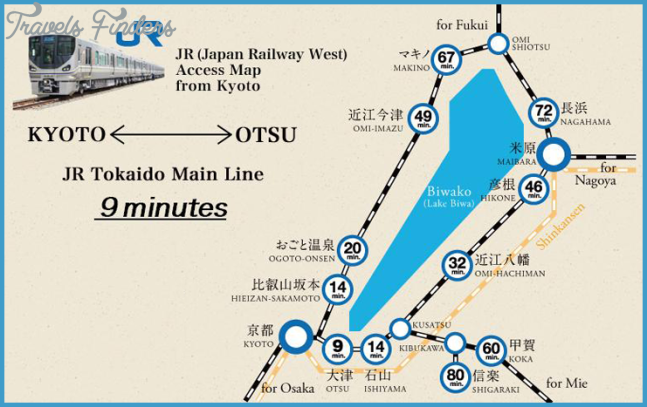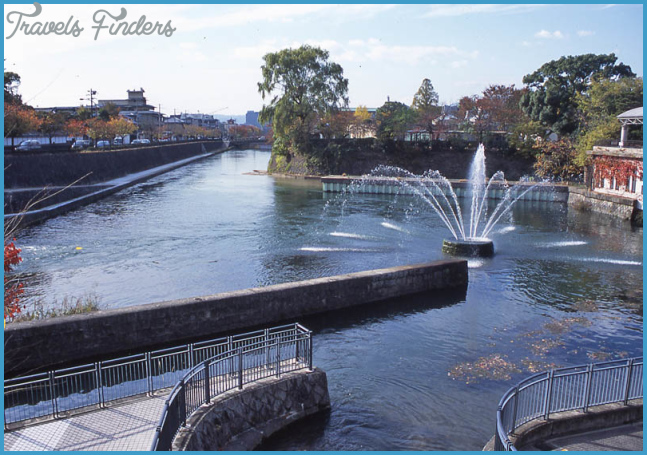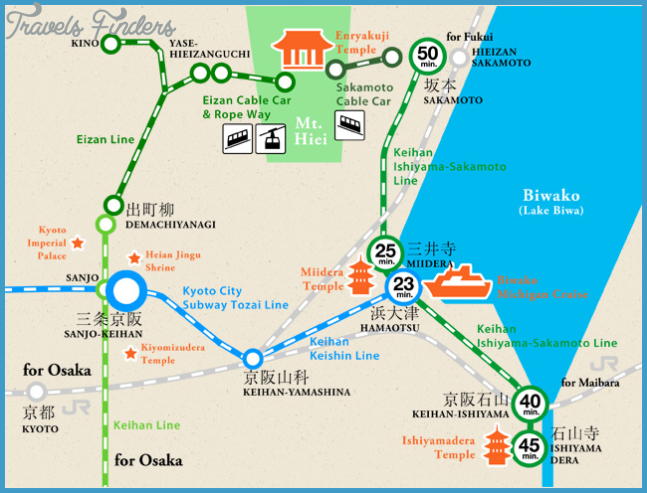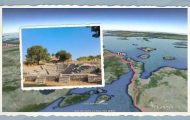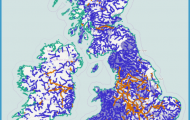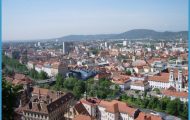Few Kyoto visitors catch even a fleeting glimpse of Lake Biwa, known as Biwako, from the window of their high-speed Shinkansen train as it rapidly approaches the ancient capital of Kyoto just a few miles beyond the Higashiyama Mountains. Biwako, Japan’s largest freshwater lake, covering some 260 sq miles (673 sq km), has many connections to Kyoto, though, both historical and geographic. The lake’s higher elevation enabled the vital Lake Biwa Canal project in the 1890s, a boost to Kyoto’s industry and morale after the emperor’s departure for Tokyo. Kobori Enshu (1579-1647), the great Kyoto architect and garden designer, was a daimyo lord along Biwako’s western shore. On the eastern shore, the elegant fortress of Hikone Castle is a National Treasure.
Lake Biwa in Kyoto Photo Gallery
Classic scenes of fish traps, like delicate designs sketched in the lake’s waters, or distant mountains fading into paler tones range by range, can be found in the more remote northern regions of Biwako. There, too, lies the sacred island of Chikubu, a destination for religious pilgrims dressed all in white. An especially beautiful scene still graces the southwest shore at Katata, where the Ukimido “Floating Temple” pavilion hovers over the lake on pillars, reached by a stone footbridge. The peripatetic poet Matsuo Basho visited it in 1690, intent on beholding the full moon from Ukimido. Contemporary efforts are under way in Katata to revive the lake’s freshwater pearl culture industry, where once 20th-century “Biwa Pearls” were considered the most beautiful in the world.
Branches of a 700-year-old black pine frame the pavilion of Ukimido, the “Floating Temple,”
which extends out over the lake at Katata.
A lakeside restaurant in the old port town of Katata.
The Shinto torii gate of Shirahige Shrine stands in the waters of Lake Biwa.
The freshwater tunnel tank aquarium at the Lake Biwa Museum.
Source: Travels Maps

